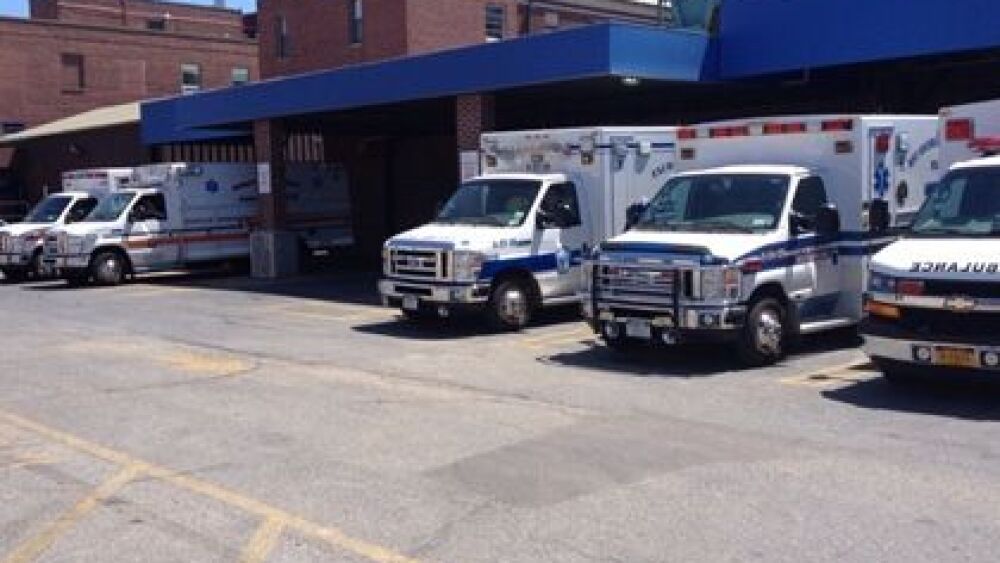By Robert Stadelman
The public just wants to dial 911 and have an ambulance show up. They don’t want to have to think about what it takes to get that ambulance to them in their time of need.
Since the public doesn’t understand the reality of EMS, as Art Hsieh asserted in a recent news analysis, it is our job as EMS professionals and EMS leaders to make sure that the resources required to protect the public are in place, whether those resources be volunteer, paid or a combination of both. Since the 1950s, the EMS needs of the Town of Islip (Long Island, N.Y.) are served by five independent volunteer EMS agencies:
1. Bay Shore Brightwaters Rescue Ambulance
2. Brentwood Legion Ambulance
3. Central Islip - Hauppauge Volunteer Ambulance
4. Exchange Ambulance Corp. of the Islips
5. Community Ambulance Company
Combined, these five agencies protect approximately 250,000 people and respond to over 27,000 calls a year. Although these agencies have evolved over the last 10 to 15 years to use a combination of both paid and volunteer staff, there was still a shortage of crews during the daytime hours. Operating from small budgets provided by the town from property taxes, there were insufficient funds for each agency to add additional paid staff and not quite enough calls to justify increased budgets.
Different solution needed
In 2008, the chiefs of the five agencies came together and formed the Islip Ambulance Chiefs Association. It became the mission of this group to promote interagency coordination to enhance and expand the level of care being provided to the residents of the Town of Islip.
To address the issue of insufficient crews during the daytime hours, 6 a.m. to 6 p.m. Monday through Friday, the Tactical (TAC) Ambulance and Paramedic Program was developed. The TAC program places one extra BLS Ambulance and one extra ALS First Responder on duty in addition to the crew(s) already in place at each of the five agencies. Each agency takes a turn staffing the TAC program one day a week. This reduces the burden from each agency having to staff an extra crew from five days a week to just one.
The TAC ambulance and responder are available to any of the five agencies who may have multiple simultaneous calls and insufficient crews to respond to them. The TAC units also respond along with the normal crews to high priority alarms or ECHO level calls such as cardiac arrests to provide additional resources.
Dispatch is handled by our countywide fire and EMS dispatcher. Each agency determines how they will staff the extra TAC crews on their assigned day using either paid staff, volunteers or a combination of both.
TAC improves performance
For the past eight years, this program has run very successfully with positive results. Mutual aid rates during the time period when the TAC program is running are near zero, response times have been reduced and the availability of ALS has greatly increased. Volunteers and paid staff enjoy working the program as it allows them to respond to a wider variety of alarms and areas, as well as work together with crews from other agencies.
The cooperation of five separate volunteer EMS agencies has allowed the combined resources to achieve what no single agency could do on its own and at minimal cost. EMS coverage to our residents has been greatly improved and will allow the combination volunteer and paid EMS system to continue to flourish. Volunteer EMS agencies must evolve with changes in the reality of the communities that they serve, cooperate with neighboring agencies and think creatively to continue to survive.
About the author
Robert Stadelman has been a member of Exchange Ambulance of the Islips since 1997 and presently serves as vice president on the Board of Directors. He is certified as a New York State Emergency Medical Technician - Critical Care as well as a senior EMS instructor.












